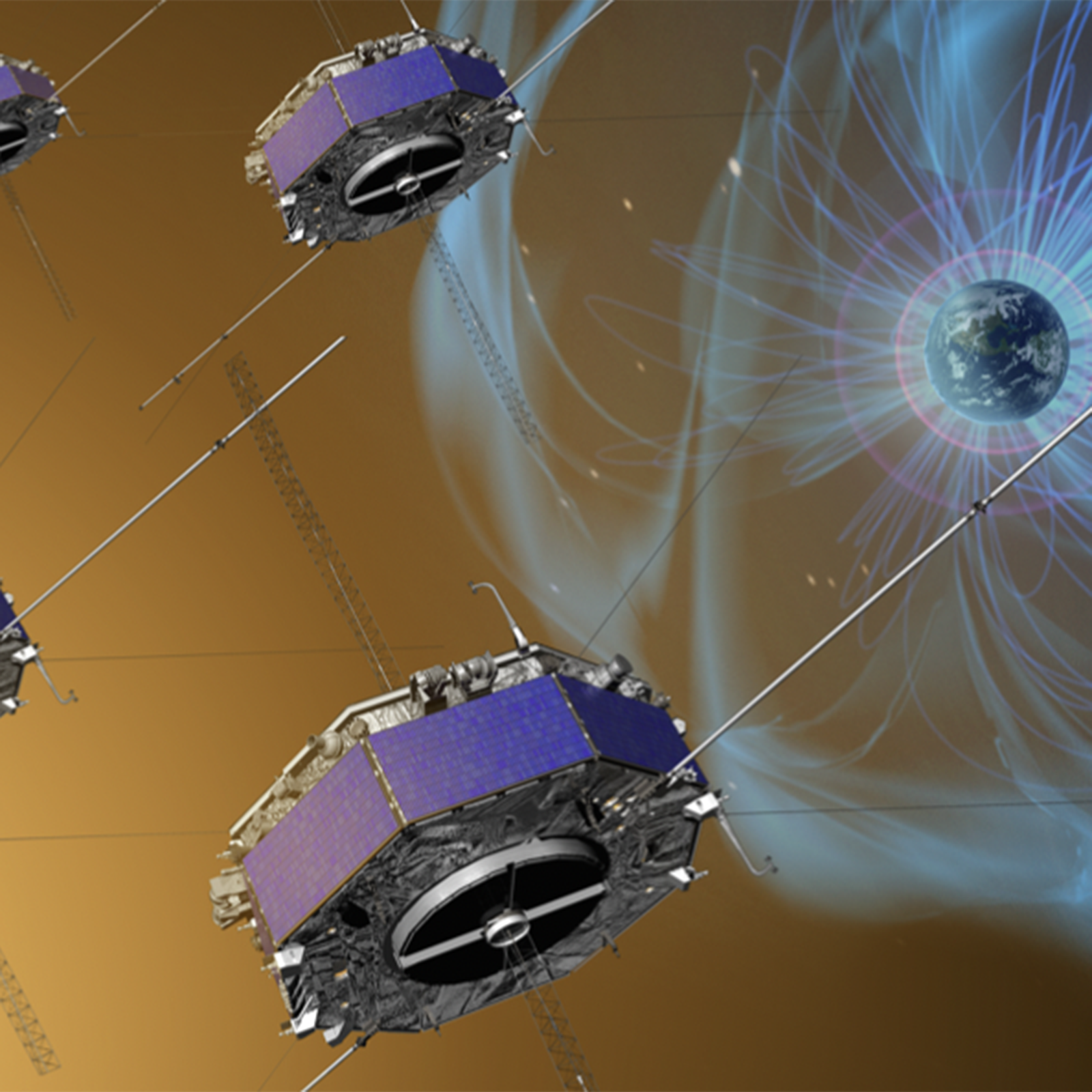Wednesday, November 13, 2024 - 3:10 p.m. to 4:10 p.m.
Morse Hall, rm 301 -OR- Zoom
Speakers:
Alvin Angeles & Hanieh Karimi - University of New Hampshire
Full Titles:
"Investigating Magnetic Fluctuations at Dissipation Scales in the Solar Wind" (Angeles)
"Investigating Energy Conversion during Reconnection via Non-Maxwellianity" (Karimi)
Angeles: This study explores the behavior of dissipation scale turbulent fluctuations in the pristine solar wind obtained by the Magnetospheric Multiscale Mission (MMS). Based on prior studies we are able to characterize magnetic field variations and their scale dependence through autocorrelation and structure function analysis. By focusing on relatively shorter time frames on the order of minutes and seconds, as opposed to hours or days, we find that in this shortened interval of time the turbulence is decorrelating and reforming itself on relatively short length scales. Over these short timeframes, we analyze both the normalized and unnormalized correlation functions as a function of the solar wind environmental parameters (such as interplanetary magnetic field cone angle, solar wind speed, foreshock energetic particles etc.) that may control dissipation at these scales. These analyses and the behavior of the turbulence as a function of the solar wind environment reveal the nature of dissipation at small scales. This study is intended to be a springboard into the investigation of further questions, including: what is the behavior of small scale turbulence when examined with a multiplatform analysis, how does the correlation function behave in the ion foreshock region and how do small scale fluctuations influence the behavior of energetic particles in the plasma and vice versa.
Karimi: Kinetic processes in collisionless plasmas, such as magnetic reconnection, generate complex distribution functions that pinpoint regions where energy is converted, leading to plasma acceleration and thermalization. Traditionally, scientists have used parameters based on lower-order moments like velocity, temperature, and pressure—such as electron frame dissipation, pressure-strain interaction, agyrotropy, and non-Maxwellianity measures—to identify these energy conversion areas. However, these methods often only address the first and second moments of the distribution, potentially overlooking more intricate changes in the plasma's behavior. To overcome this, kinetic entropy and relative entropy are being explored as they can assess energy conversion across all moments beyond the second, offering a more comprehensive understanding of distribution shape changes. NASA's Magnetospheric Multiscale (MMS) mission enhances this research by observing ion and electron diffusion regions and measuring energy transfer at electron scales, where non-Maxwellianity effectively highlights areas of energy dissipation and conversion from kinetic to thermal energy. Despite the promise of non-Maxwellianity as a diagnostic tool, there is a need for more extensive comparisons of different calculation methods. Ongoing studies are linking distribution structures to the Vlasov equation, aiming to better understand non-Maxwellianity's role in energy transfer and turbulence. Future research will focus on establishing standardized value ranges for these energy transfer metrics, improving our ability to identify and analyze key kinetic-scale energy conversion processes in various plasma environments.
Free drinks and refreshments will be provided in Morse Hall.
Schedule:
Check out the rest of this season's Space Science Seminar Series, as well as previous recordings.
